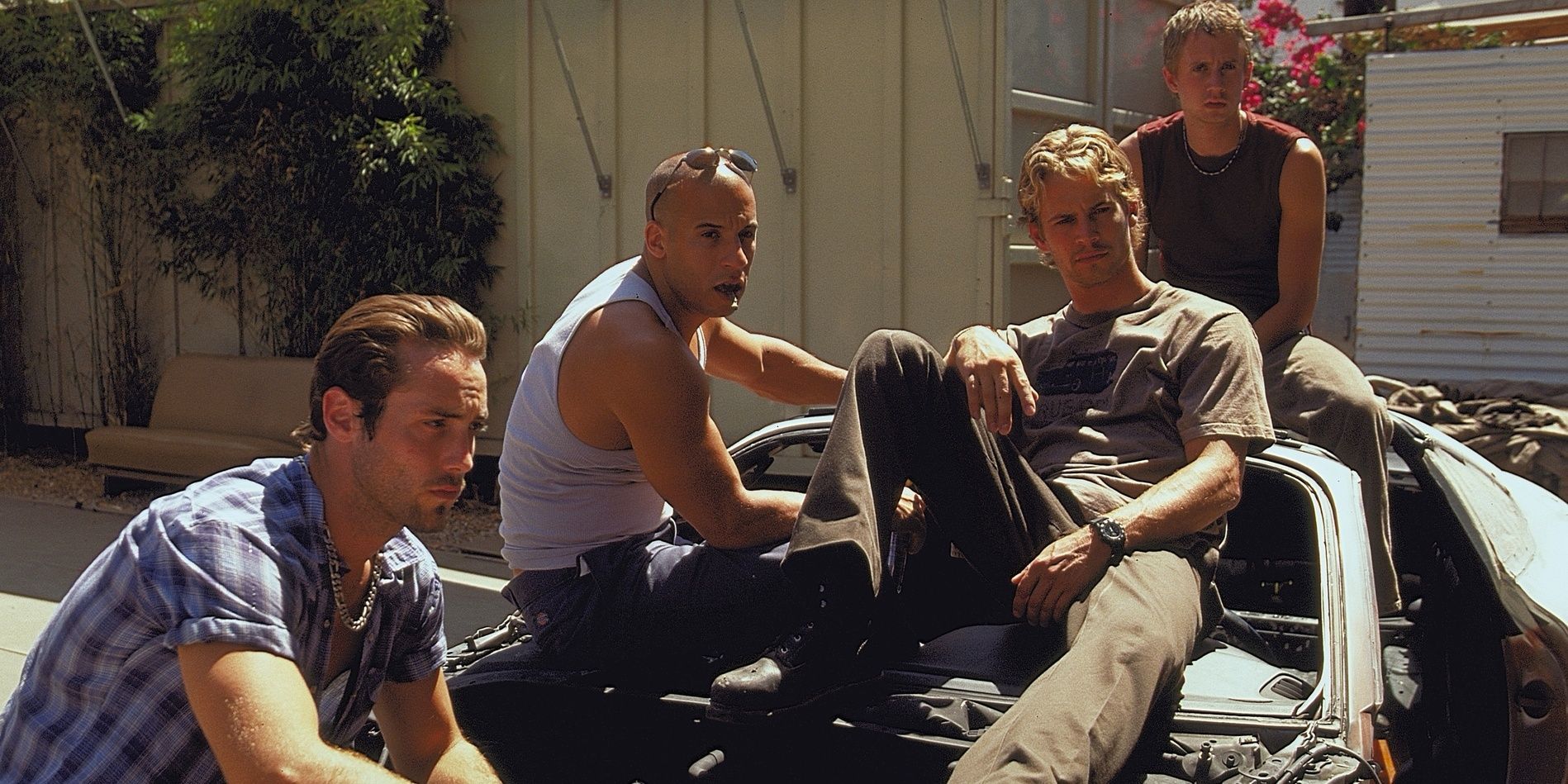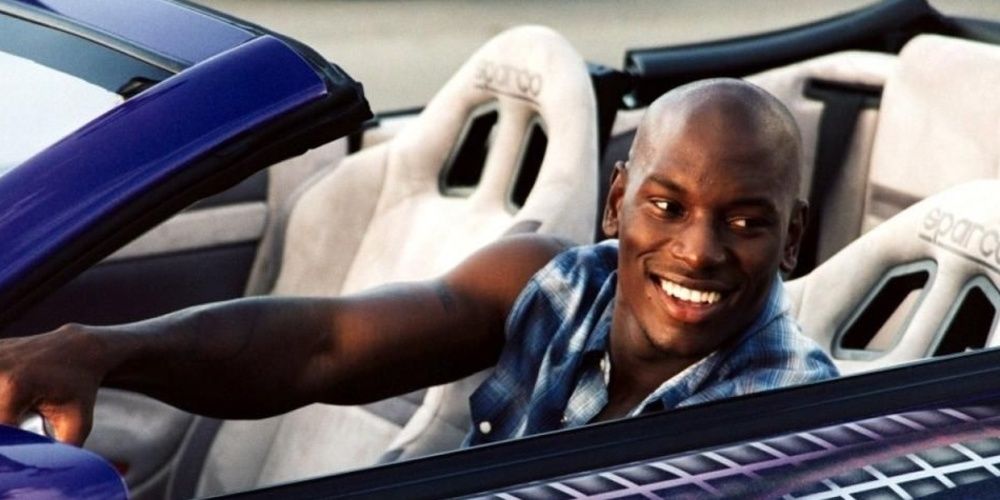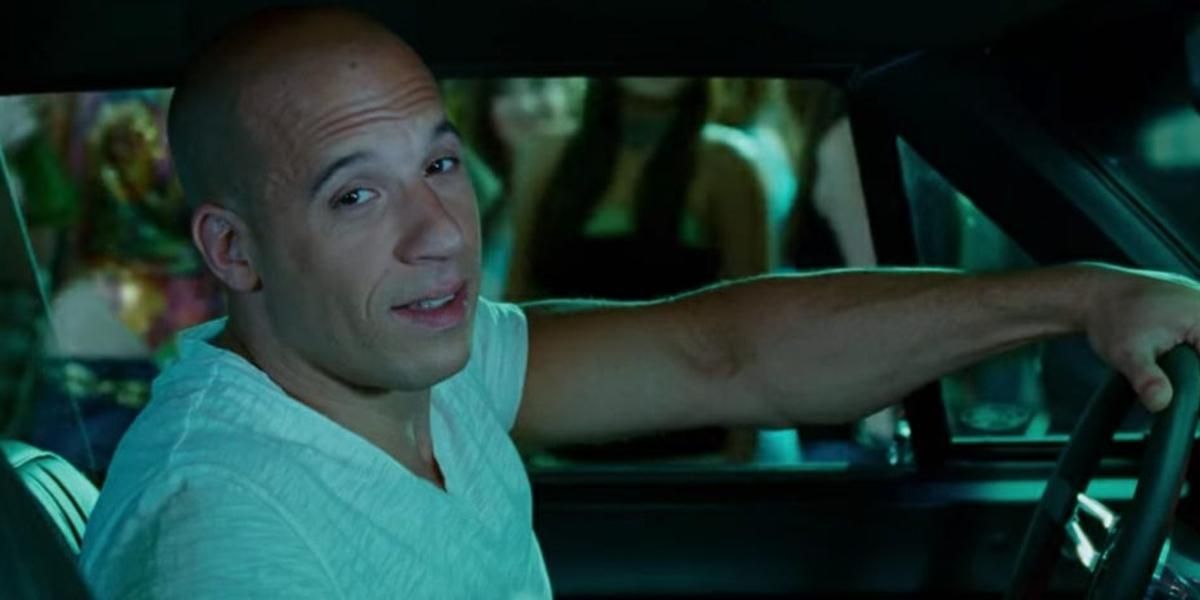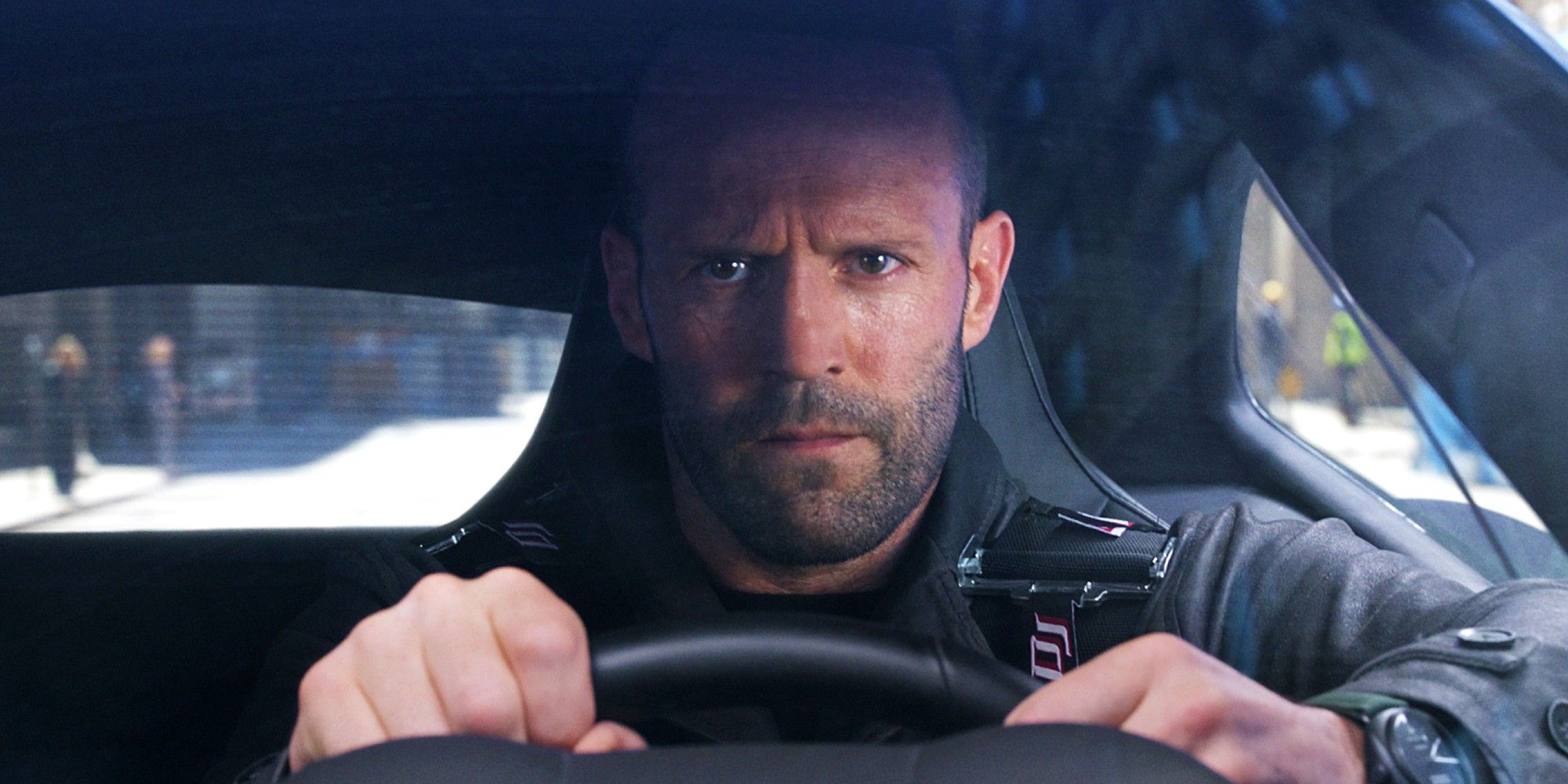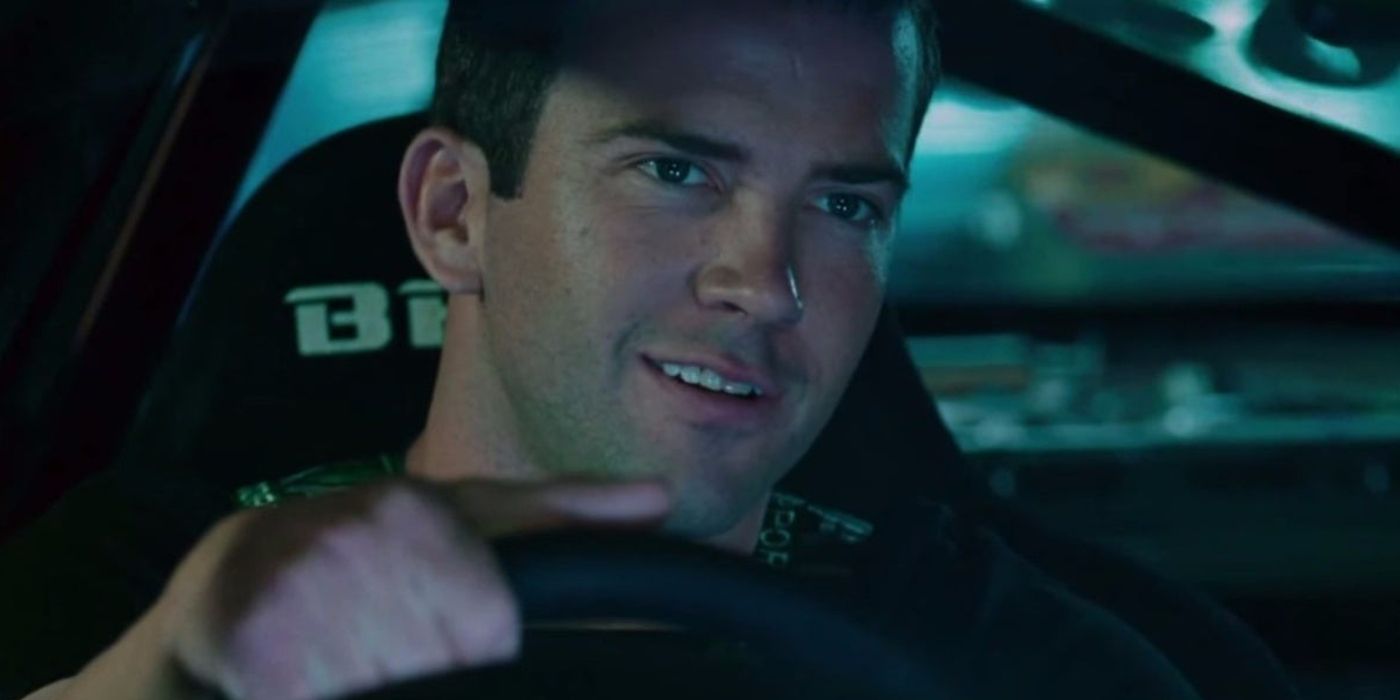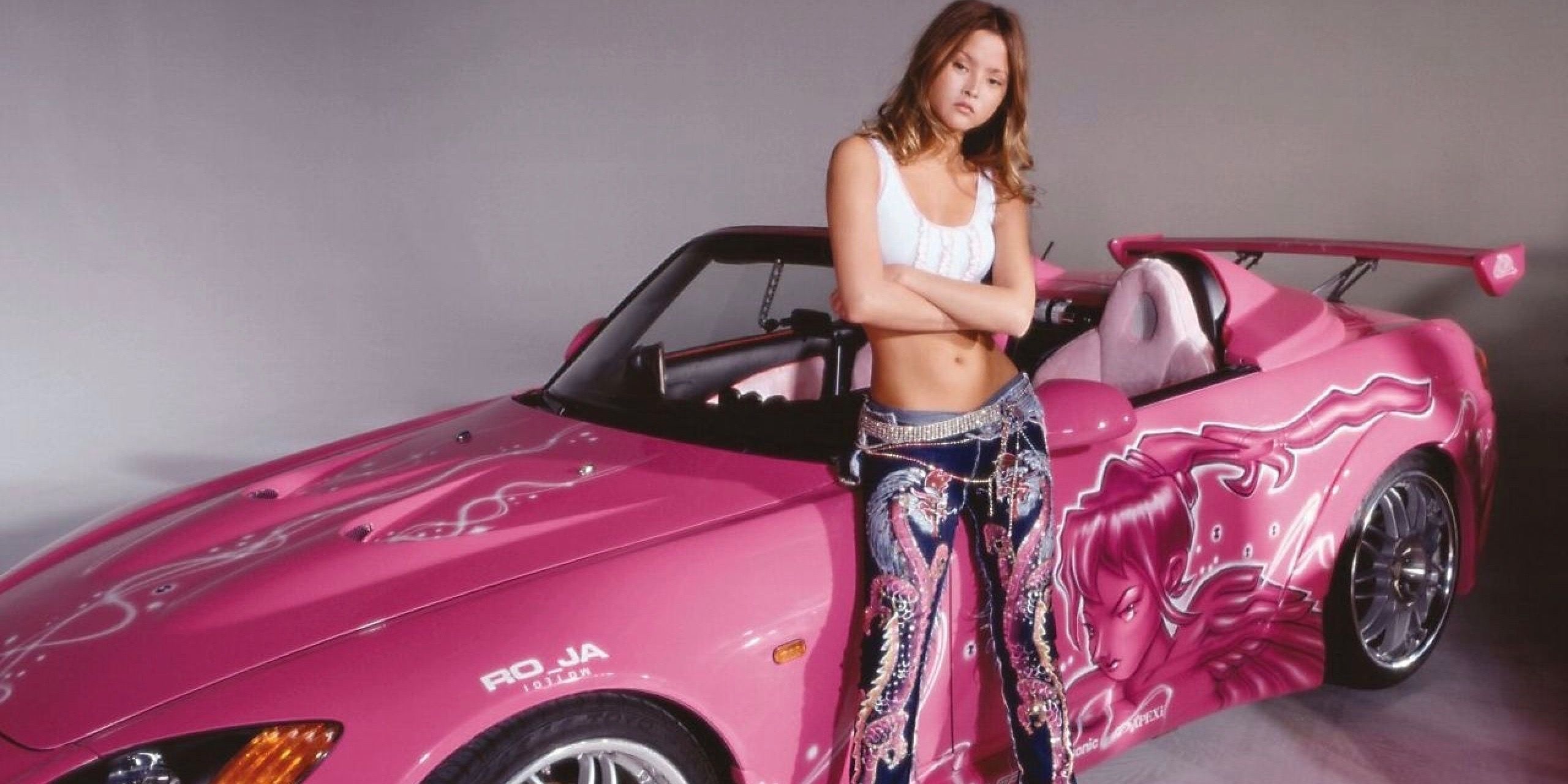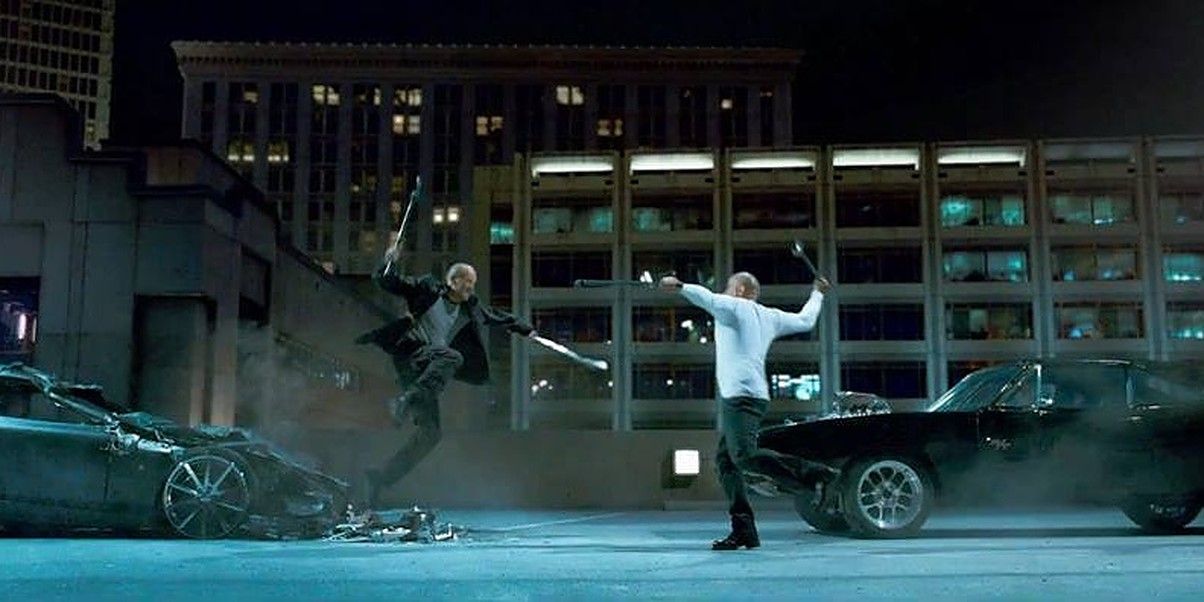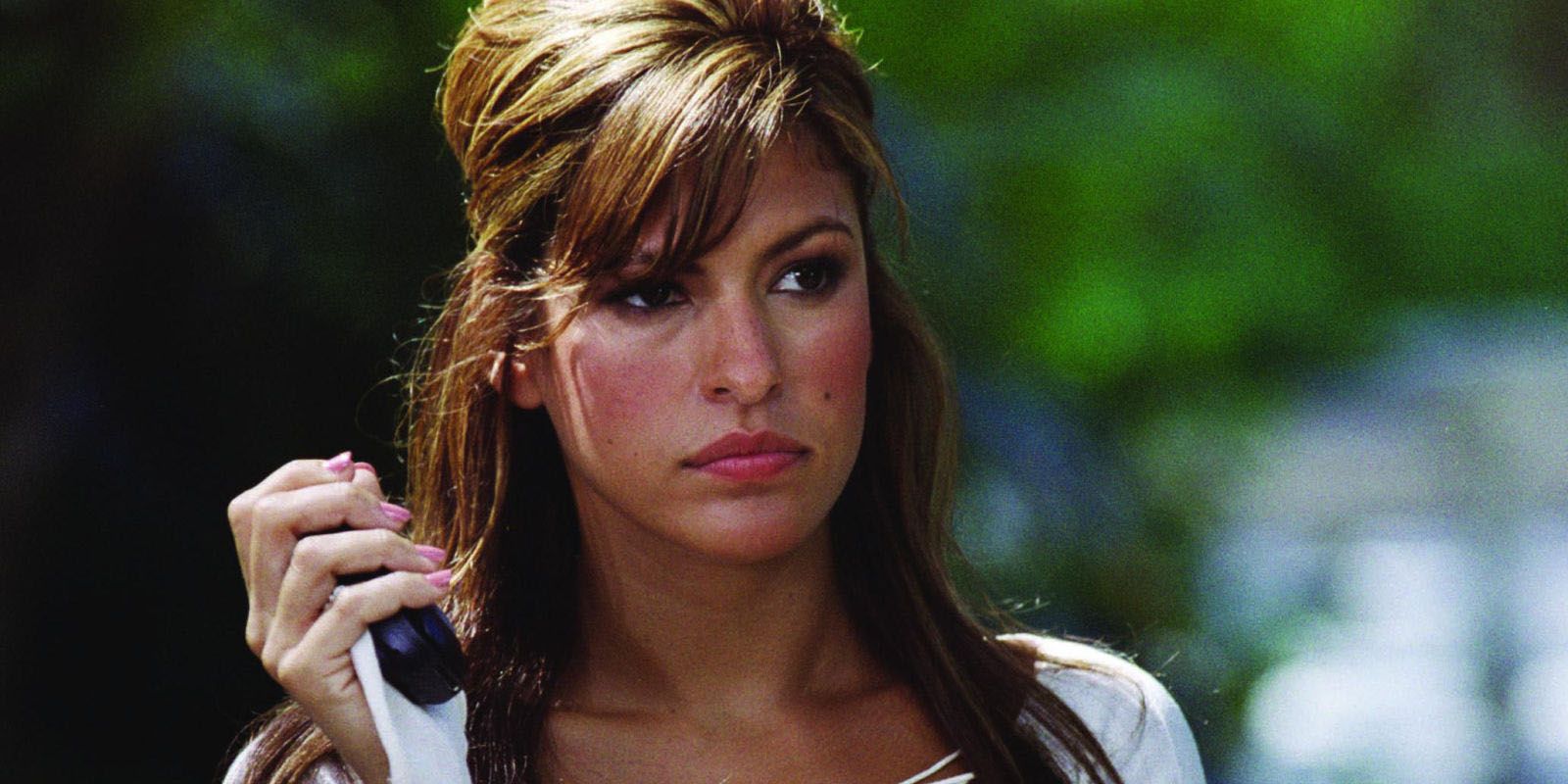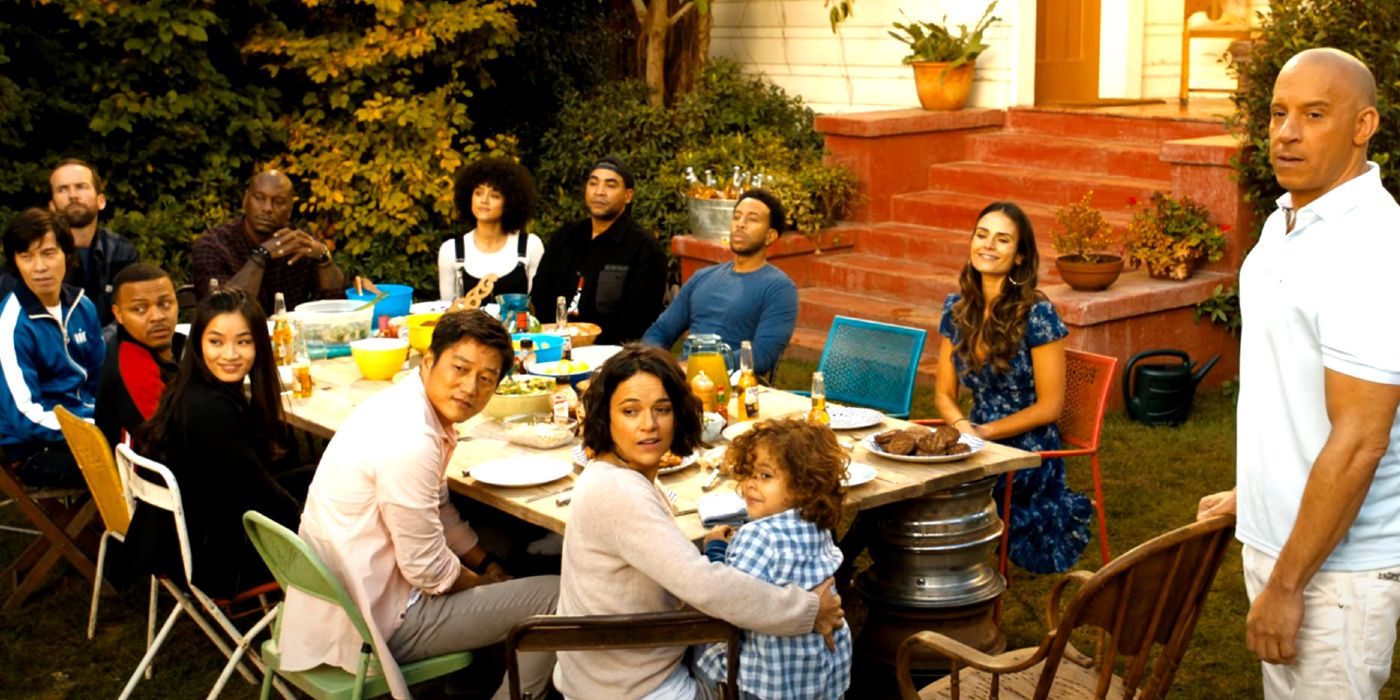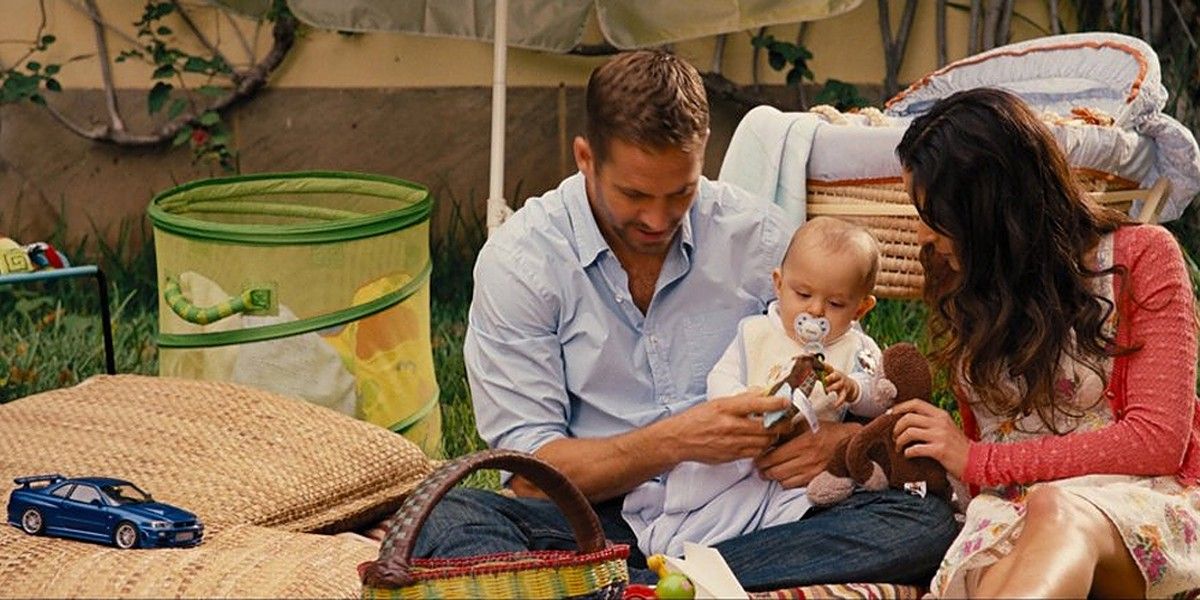10 Harsh Realities Of Rewatching Fast & Furious Movies
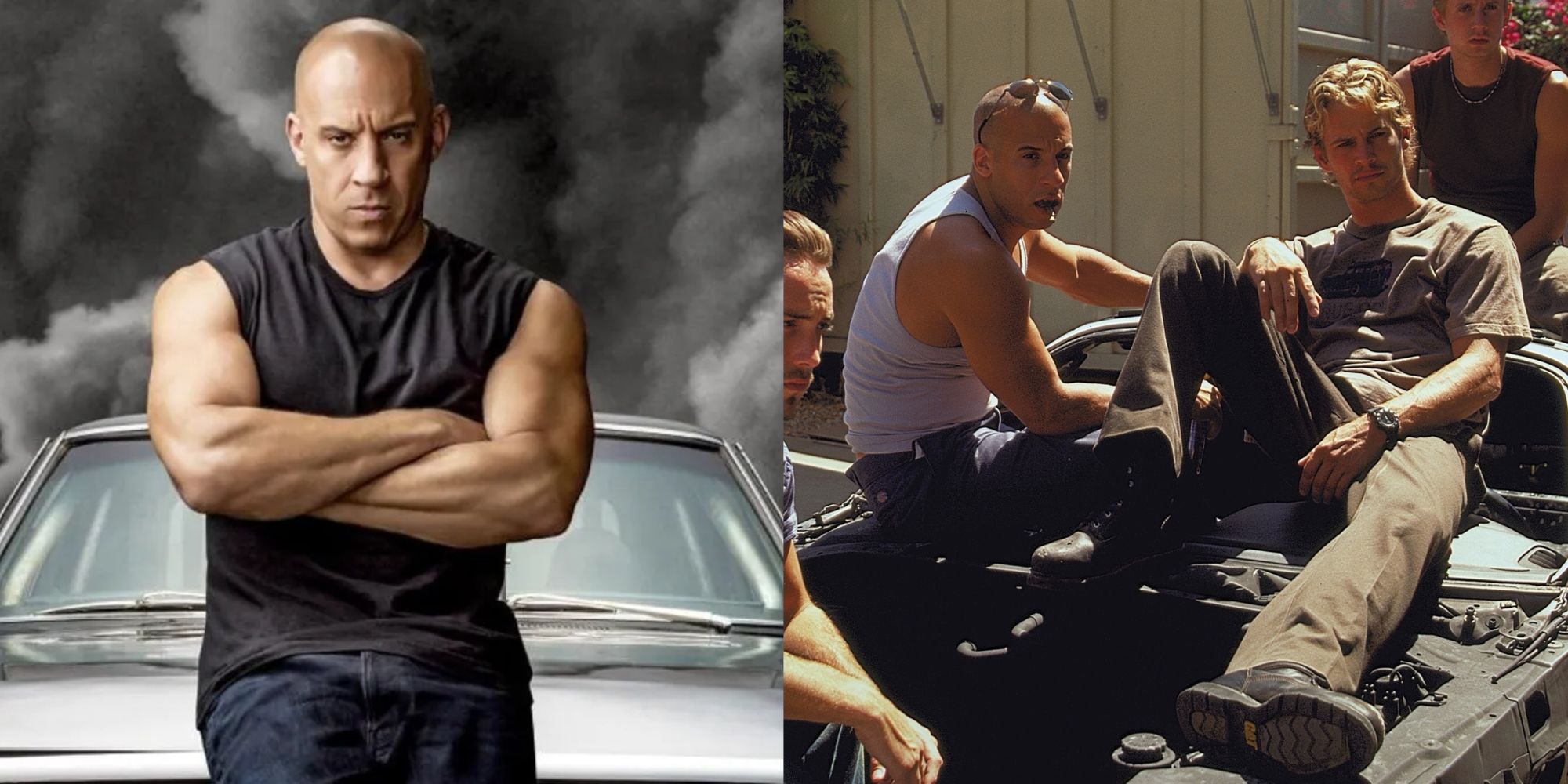
Fast & Furious fans were surprised with the news that Fast X will up the ante so high that the film has become one of the most expensive movies ever made. Before Fast X is released on May 19, 2023, many fans will be watching the previous entries to be up to speed with the story.
However, several things will stand out to audiences that weren’t apparent upon first viewing. These parts of the Fast & Furious viewing experience include noticing the massive change in tone between the films centered around racing and action-based ones, along with the upgrade in Dominic Toretto’s skills that defy logic.
The Huge Contrast With Earlier And Later Movies
While there are great movies in The Fast and Furious series based on viewers’ preferences, there’s no doubt that watching them all together is a jarring experience. That’s because the first four films are in striking contrast with the remaining ones, shifting focus from car races to the heroes preventing global threats.
Checking out the series from the start carries the requirement of adjusting to this change in tone. While watching each entry arrive when they were new eased viewers into this, watching them a second time truly shows just how bizarre the difference between the original and later entries is.
The Flanderization Of Roman’s Character
Flanderization is when a character’s minor quirks end up being the focal point of their role, which is what happened with Roman. The character was introduced as a badass in 2 Fast 2 Furious where his tough guy attitude meant it was funny when he occasionally behaved goofy.
However, Roman has since then become the butt of all the jokes, to the point where the others take turns in messing with him and commenting on how dumb he is. A rewatch of the films exposes Roman’s flanderization even more, as viewers actively get to see the point where Roman becomes the comedy relief – his role has been reduced to doling out cheesy Fast & Furious one-liners.
The Awkward Placement Of The Series Timeline
Fans were always anticipating the time when the story would connect back to Dom’s arrival in Tokyo, as the fourth to sixth films were all set before the third entry. That hype was suited to when the films were still new, but watching them once more really shows how awkward the timeline issues are.
After all, the fourth movie suddenly jumps back in time without explanation, with Han seemingly dying in Tokyo Drift before he’s alive once more in the following installment. This has the effect of undermining the events of the fourth to sixth films since viewers know what to expect afterward.
The Repetition Of Villains Becoming Allies
Fans caught on to this aspect a while ago, but it’s not as apparent when watching an entry for the first time. Looking back, it’s pretty funny that a lot of the villains end up becoming Dom’s allies either in the following movie or in the same story.
This happened to the likes of Luke Hobb, Owen Shaw, Deckard Shaw, and Jakob Toretto, who were all introduced as Dom’s enemies before aiding him later on. Rewatching the films where they are in the role of the main antagonist doesn’t have the same impact because viewers know they will turn over a new leaf.
The Presence Of Films That Don’t Tie Into The Overall Story
It can be a task to get through the entries that don’t factor into the overarching plot of Dom and his crew’s conflict against Cipher and her cronies. Chief among them are the Fast and Furious movies based around street racing, namely the second and third entries.
Viewers know that these don’t really offer much substance in terms of the overall plot, as the films have standalone stories whose events don’t have an impact later on. While they’re still enjoyable in their own right, the movies just don’t have the right tone to fully connect with the rest of the series.
The Stereotypical Portrayal Of Women In Earlier Entries
The earlier movies haven’t aged the best since they were released, which can make them somewhat cringe-worthy to watch. One of the harshest realities is that viewers will notice stereotypical portrayals of women, where they either have to be saved or stand around posing while the men engage in the races.
Tokyo Drift even has a scene where a young woman claims that either Sean or his opponent will get to claim her as their prize if they win their race. The series has gotten a lot better since, as women have been part of the action quite a lot, but the earlier films are certainly lacking in this regard.
The Lack Of Believability Of The Heroes’ Prowess
It’s easier to buy into Dom and his crew’s incredible feats of strength and skills when viewing the films the first time around since the greater focus is on the story. However, watching the series a second time reveals just how normal they used to be before becoming superhuman.
Dom was shown as a normal street hustler when the series began – it was around the fifth film when he became so unstoppable that he took on trained agents and special ops soldiers. Watching Dom as he originally was and knowing how powerful he will become is hard to believe when rewatching the movies.
The Plot Threads Left Hanging
There are quite a few plotlines that are dropped in Fast & Furious movies, which can be overlooked when a new conflict is presented to the heroes. However, these present themselves once more when viewers rewatch the films, with the plot threads still hanging.
These include the unresolved romantic connection between Brian and Monica Fuentes, along with the latter’s search for Letty. Other unresolved stories concern Sean’s unclear status as the DK of the Tokyo scene, the whereabouts of Owen Shaw, and Hobbs’ unexplained absence.
The Overuse Of The Family Aspect
To be fair, Dom’s insistence on how much his family means to him is something viewers have come to expect even before watching a new entry. But it becomes rather annoying in repeated viewings, as Dom and his crew waste no time playing the family card time and again.
Fans will also notice that, rather than tying into the plot, the family aspect of things has even been used as a buzzword in later entries. Furthermore, the addition of Dom’s family in subsequent movies when they weren’t alluded to in earlier ones stands out a lot when rewatching the films.
The Knowledge Of Brian’s Eventual Exit From The Series
This might just be the harshest reality of all, seeing as the death of Paul Walker meant that Brian had to be written out of the story. Watching the movies now carries a sense of melancholy since viewers know that Brian’s role is limited to the first seven entries.
It also affects the viewing experience since Walker and Vin Diesel’s chemistry in the acting department made Fast & Furious enjoyable. Fans have taken to focusing on the parts where the actor has been digitally inserted in Furious 7, as Walker had passed away before finishing all his scenes.
Share this news on your Fb,Twitter and Whatsapp
NY Press News:Latest News Headlines
NY Press News||Health||New York||USA News||Technology||World NewsTimes News Network:Latest News Headlines
Times News Network||Health||New York||USA News||Technology||World News
